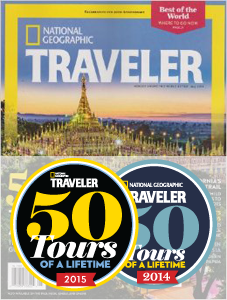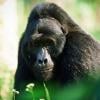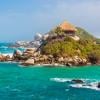
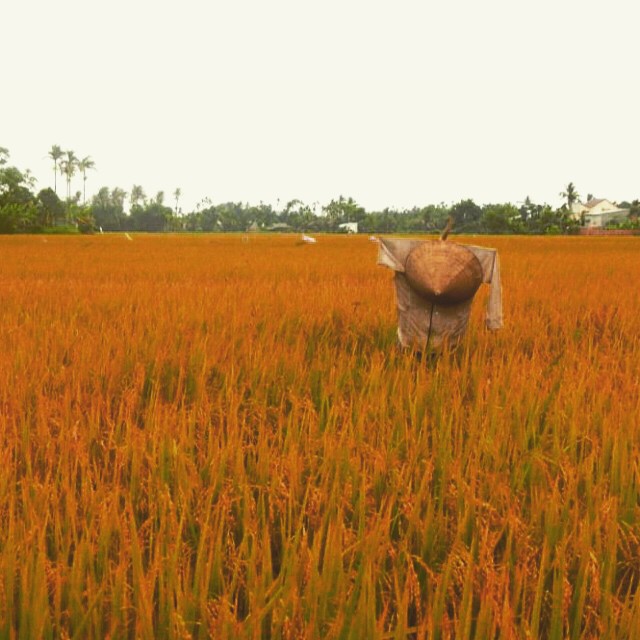
Our friend Richard has been moving around non-stop for the past few months. A round the world adventure like his can get exhausting. The beautiful experiences, the people you meet, and the food you eat, all come with a price. Recently, he finally decided to stop in one place for a bit, and wisely, he chose Hoi An for his pitstop. We've shared some of his photos on our Instagram feed.
In our “Five Reasons” blog series, we’ll list reasons you should love South Africa. Chances are, if we love a destination, you will too. Let’s get to it.
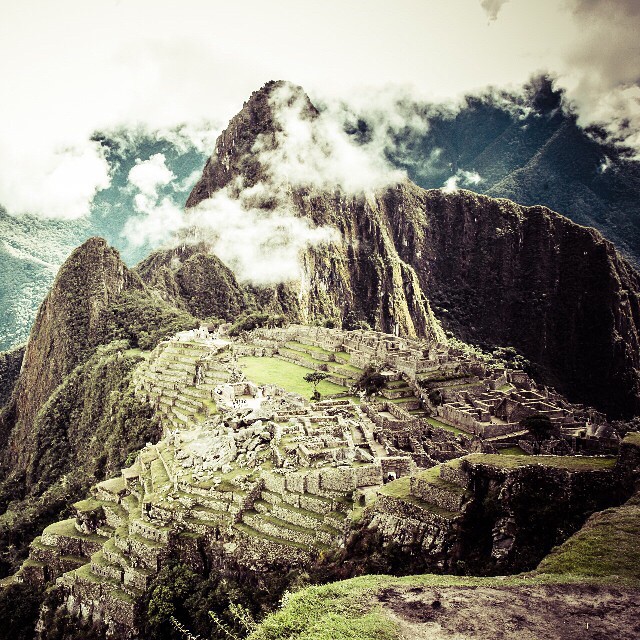
Yeah, we love it too. This photo got some lovin' on our #travel focused Instagram this week. Machu Picchu is one of those instant guaranteed winners for us. It evokes such a feeling of adventure, mystery, exploration, and history, that we hardly need to add a caption. The formula is pretty simple: 1) Post a picture of MaPi in the clouds. 2) People dream about travel.

